"Getting Light, Backlight, Balloon Lantern" -The daily field of remote field lighting skills-interviews from Hollywood
Author:Film and Television Industry N Time:2022.08.17
The outside scene of shooting the day and then at night can be said to be the two most challenging situations for movie photography, especially when equipment and personnel are limited.
For the newly -entered film photographer, this may seem to be in violation of intuition, because the outside scene can make you contact the largest light source in the universe -the sun. However, it is an uncontrollable and lack of consistency. These two points have caused trouble for the shooting of small costs.
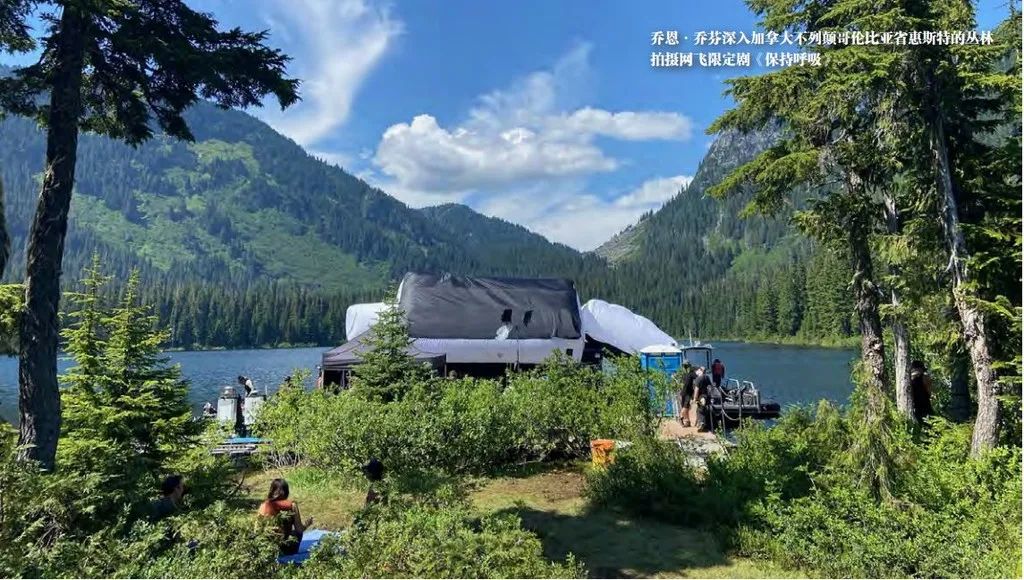
However, any cloth light material that we can imagine — the rocker arm for architecture, large soft light boxes used to reduce solar strength and hardness, help the reflective or negative light props that help shape and control the light -none of them — none The method stops the sun's movement, and it cannot control the cloud without drifting at some point.
At night, the scene shooting is also very complicated: how much light should be superimposed? Where should the light come from? How to optimize the picture while not being aware of the light? This time, the editor discussed these challenges with ASC member Jon Joefen.
ASC member Jon Joe Fen profile: This year, with the shooting of the TV series "Titan", he won his third ASC Award. Previously He won the prize in the second degree; he was also nominated for ASC Award for "Alice" and "Foreign Foreign Bacteria".

Jon Joffin (ASC) has won an ASC Award for the American drama "Titan" this year
Vigorously miracle
"It is difficult for us to use trucks or any large mechanical equipment in remote views. I have to control and reduce light, not superimposed light."
The Internet -fly TV series "Keep Breathing" tells the story of a female female Melissa Barrera on the wilderness after a crash.
For this project, Qiao Fen went deep into a cliff that was inaccessible in British Columbia, Canada, and completed the shooting with very limited equipment in a limited space with very limited equipment.
"The reason why I want to make this drama is not only because the script is great, but also because of the previous studio or the location, I can have a strong control of cloth light, and often I can use various photography equipment. "He said. "I want to see if I can only use a small amount of equipment to shoot a beautiful drama."
When talking about the shot of one of the episodes, Qiao Fen said, "We were filmed in a remote place. On the top of a mountain, the director of the outdoor producers told us that it was impossible to see it here -but the producer when the producer executed by the producer Bren [1] Dan Gall, Martin Gero, executor and director Maggie Kiley and the pictures I saw this scene, we will Know we must find a way.
For the sake of the scenery, we have to drive to northern Vancouver for an hour and a half, and then take a SUV along the potholes along the potholes, and then walk in the forest for 15 minutes. It is difficult to use trucks or any large machinery. Naturally, we cannot bring a generator supply to 18K lamps.
I have to control the light and reduce the light rather than superimposed light. It is crucial to make this drama look real. It is necessary to make the audience feel that they are also in Lof's forest. "
When dealing with this challenge, Qiao Fen faces many problems that independence and new generation of film photographers will encounter -using very few tools to solve the shooting tasks of remote viewing places, and find the best in shaping and optimizing light A good way. Because the filming team could not drive the GATOR multifunctional vehicle to the set, they had to bring everything into the scene. Most of the shooting did not use lamps, but used the handheld mechanical equipment.

One of the filming of this remote studio happened in the scene where the night was coming. Qiao Fen captured the twilight before the sky was darkening in a panoramic lens in a few minutes. He used the sensitivity of the Sony Venice camera 2500, which was the most likely to capture the dim natural light.
"When shooting a close -up lens, we joined a Litegear Litemat Plus 8 lamp blanket that rely on battery to power, so that an electrician held it and stood on the edge of the mountain under the protection of the safety suspender. We also used a shelter on the arm on the arm. 12 × 12 feet Magic Cloth soft cloth. "
"I didn't use the 2500 sensitivity of 2500," Qiao Fen said. "I try to respect the original images as much as possible and keep the black part clean; the dark parts are often much easier than the noise of the dark part through the later adjustment. For this reason, I will give the dim scenes based on the amount of light required to add 0.3nd. And set the scene based on the screen presented on the monitor -then remove 0.3ND to actively shoot, and please digital image engineers to adjust it to the image effect of the superimposed mirror. "
"In this way, I can let more light enter the sensor, and at the same time retain the shadows and black areas as much as possible. When the light is really dim, I will drive the shutter to 270 degrees to each trace of each light. After the sky is completely dark, I will use 2500 sensitivity and 270 degrees shutter. "
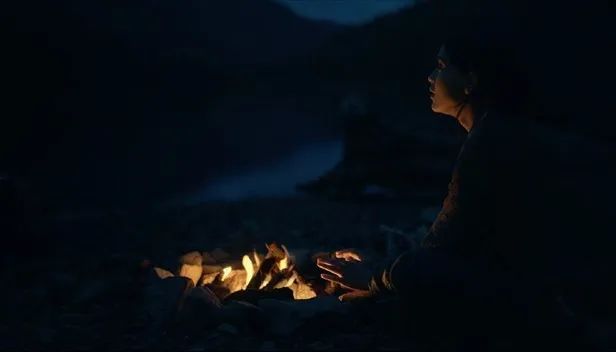
"When the light is really dim, I will turn the shutter to 270 degrees and collect the last trace of light."
Qiao Fen uses Zeiss's Supreme Prime Ra [1] Diance high -speed full -frame lens, which is generally kept on T1.5. He also brought a set of Canon K-35 fixed focus lens with aperture of T1.3 (35 mm, 50 mm, 85 mm) and T1.5 (18 mm and 24 mm). The K-35 lens was originally promoted to be released in the standard college, but they were developed from the full-frame still lens, and they could fully cover the Venice sensor. With the help of high -speed fixed -focus lenses and high sensitivity, Qiao Fen was able to use extremely limited expansion devices to create a real picture under the condition of extremely scarce light.
Beauty of balloons
When shooting during the day, Qiao Fen often uses the "GRIP Cloud" balloon light to cover them with black materials to make an inflatable black flag.
Covering the "GRIP Cloud" balloon light with black materials can be used as an inflatable black flag.
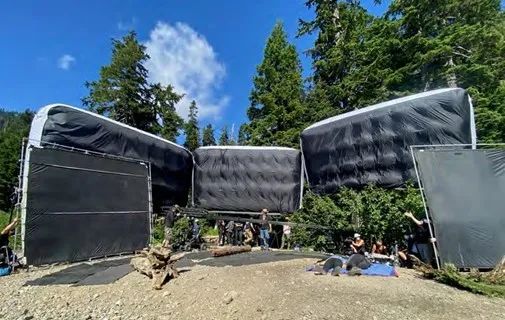
He will put some balloon lights above the shooting area to block the direct sunlight, and then add additional negative supplement light or reflective to shape the required light.
Although wind will cause obstacles to the use of balloon lights, they are a great alternative to large industrial rockers and "flies" (large frameworks that control direct light light); Easy to move balloon lights, and we can use them in rugged environments where the rocker can not enter.
"GRIP Cloud" at work -acting as a black flag during the day
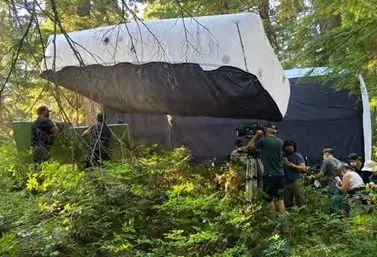
"The invention of the balloon lamp is great, especially its black bottom surface can be cut off the top light," Qiao Fen said. "Many movie photographers advocate the soft light cloth and black flag when there is a direct sunlight, but I also use them on a cloudy day. I like cloudy days, but sometimes they are very difficult -light sometimes with your expectations with you. On the contrary, it looks very dazzling, and it is very hard and flattened on the face. When we shoot in Vancouver, we often encounter cloudy days, but if I lose some top light sources, the picture will look more harmonious and natural. "
Backlight to the end
For the shooting of the daytime scene, Qiao Fen also followed a long -standing tradition: as much as possible to make the sun's backlight. In this way, the light on the face of the actor can be used to create a natural light pattern and three -dimensional sense.
"I often use a 12 × 12 -foot black flag as negative light to shape the light," he said. "I found that in the shooting of sunlight scenes, it is better to reduce light than superimposed light. However, I will add some reflective as the eyes -usually bleach or unbridled white cotton cloth. There is a beige tone, so the reflective effect is warm. Sometimes I use 18K or Skypanel S360 lights with Magic Cloth soft light cloth to make some support. "
"GRIP Cloud" at the work, acting as a soft hood of Litegear Litemat Plus 8 LED light at night.
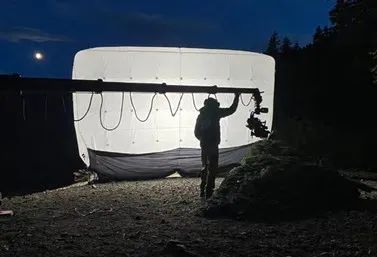
"I always try to add negative supplement light from one side of the camera. In this way, the area of the main light is more than 3/4, and I can capture the eyes that are closer to the photography machine," he said. "Unless it is simply shooting silhouettes, I like the shadow area a little detail."
"Especially when shooting this drama, I don't want the light of the outer scene to be noticeable. I always try my best to make the main light look low -key. There is always a critical point in shooting. I realize the existence of cloth light here. This is me. This is me. Hope to avoid it. "When shooting the outside scene, Qiao Fen often tested with different color reflex. ""
It is easier to use LED lights, because I can use standard reflective boards, but I will give some colors on the light to get different effects. "
Formulate day photography plan
Qiao Fen emphasized that the communication and collaboration with the director assistant department are vital to the shooting of the day scene. "It is critical to formulate day photography plans.
In my opinion, backlight shooting is the best way to deal with daytime outdoor; otherwise, you will spend too much time to reduce light and solve problems.
Of course, all this also depends on your story. If the background of the story is a prison, then the strong direct light may be the best choice! But no matter what effect you want to achieve, you need to ensure that the crew agrees with your plan.
If you shoot under the backlight, what do you do when the sun is located at the top of your head at noon? How do you shoot at this time? (The next chapter tells you in detail.) Make sure you are not a waste of time, so you can take the magical wide -angle lens in the appropriate time in a day. "
"Hanging Day" shooting -Jey Holbourne
When shooting at noon with a dazzling vision, you may be able to cut off the direct light by using a thick soft light or black flag -for example, using the balloon lights mentioned in this article in this article - Or the reflector converts the sun above the head into backlight. This is easier to achieve in the shooting of close -up lenses, so you need to properly arrange the shooting time of close -up lens.
Sometimes such a challenge appears: the outlook is perfect, but the background is overpowred by receiving the strong direct light on the top of the head.
If your background is coke, you can consider using a light reduction net -single -layer or double -layer -placed behind the background and keep a certain distance from the actor. In this way, it will lose focus and help you reduce the background exposure. If the light reduction network is too close to the scorching plane, you may encounter the problem of Moor pattern when you encounter an image, so you better change the larger light reduction network in a farther place.
In addition, you can try the position of the main body of the mobile shooting, and find the less hot, shadow background or a darker background. In addition, adding a polarizing mirror in front of the camera may help you reduce the refraction of background elements such as leaves, glass and metal -to a greater extent to control overexposure pictures.
Finally, if the shooting subject does not move, the gradient light reduction mirror can exert magical effects; add a gradient light reduction mirror, and adjust the intermediate bar decomposition line to cover the background without covering the subject.
In short, the photography directed by the day of the day involves the meticulous planning with the partner, and the path of using mechanical tools to change (or eliminate) solar light is therefore shaped the light you need.
Although you can shape and optimize the light by superimposed cloth light, it takes a very powerful lamp to suppress the sunlight, and it is generally difficult for independent and small produce projects to reach them. Mechanical tools are your trusted partners, which can help you tie the giant fireball in the air.
Full text
The content of this issue is the compilation of "U.S. Film Photographers Magazine" 2022-August, "Remote Place Lighting-Interview with Jon Joffin (ASC)";
Download the Hero APP behind the Film and Television Industry Network, and read the complete Chinese version of "American Film Photographer Magazine" for free. Learn more about the details of American film shooting. Join the Chinese photographer community, and you can get the free English "American Film Photographer Magazine".
For more details consultation:
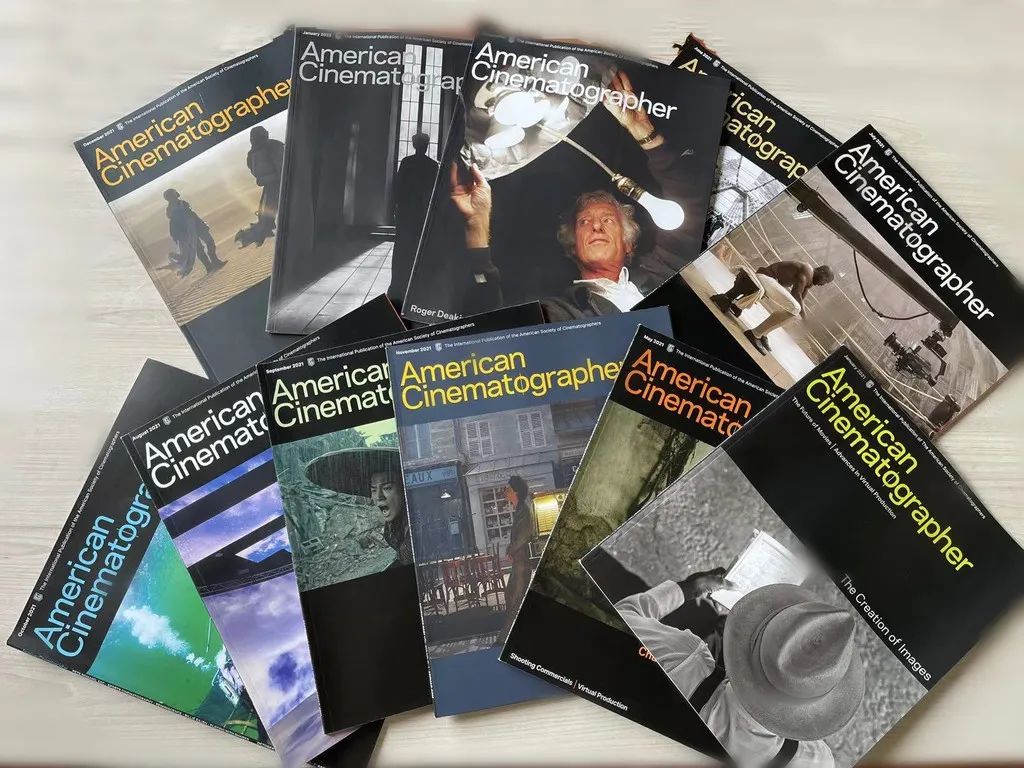

- END -
Can double seam interference use tennis experiments?
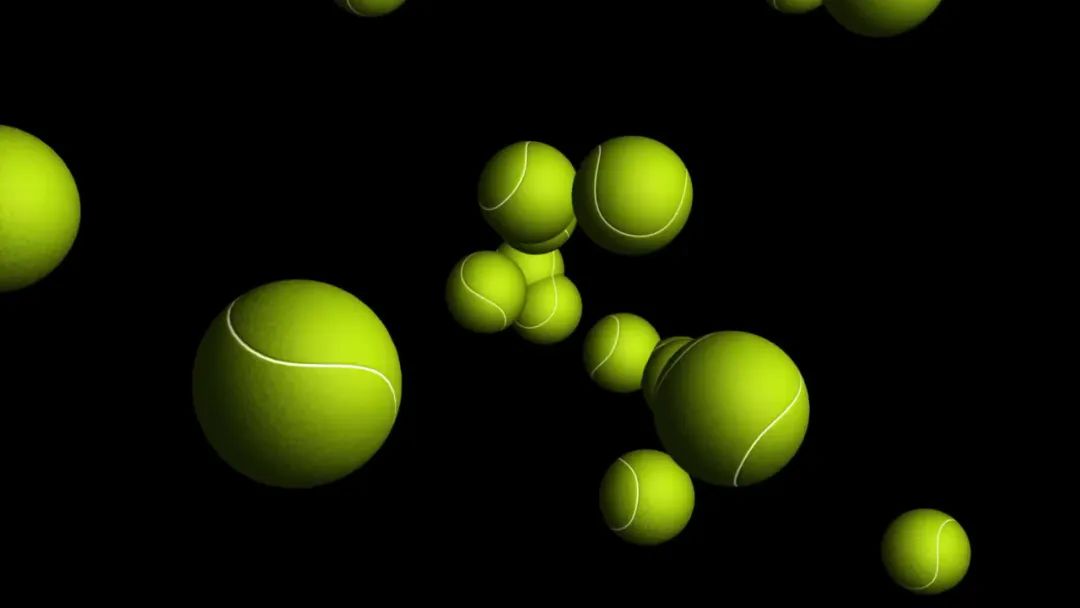
We know that the smallest particles in nature will show some very strange ways, in...
Who will protect the 5G prosperity of our country?Zhan Rui accumulates and hair, revealing the sharpness

Text/Huang HaifengRecently, there are multiple new news in the 5G field: on June 1...